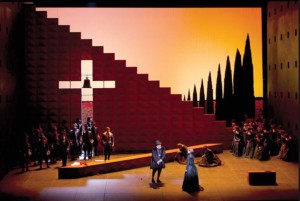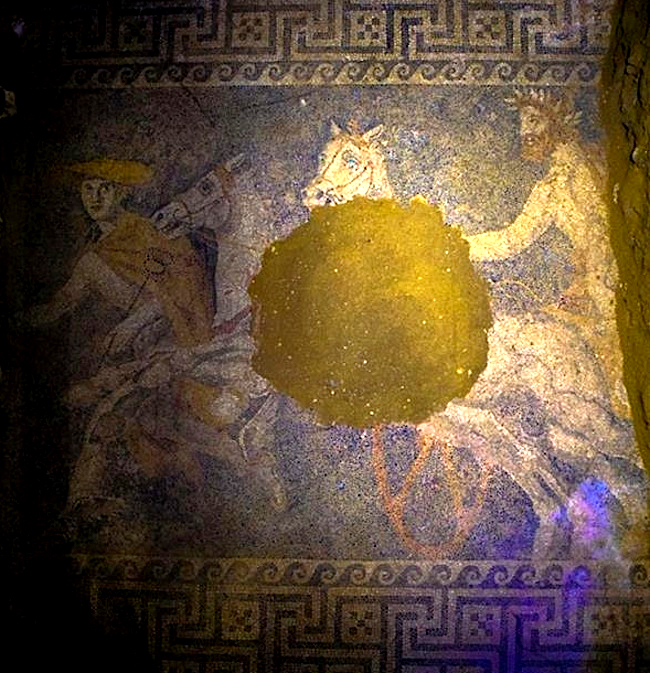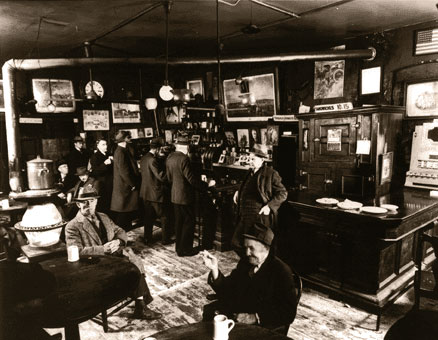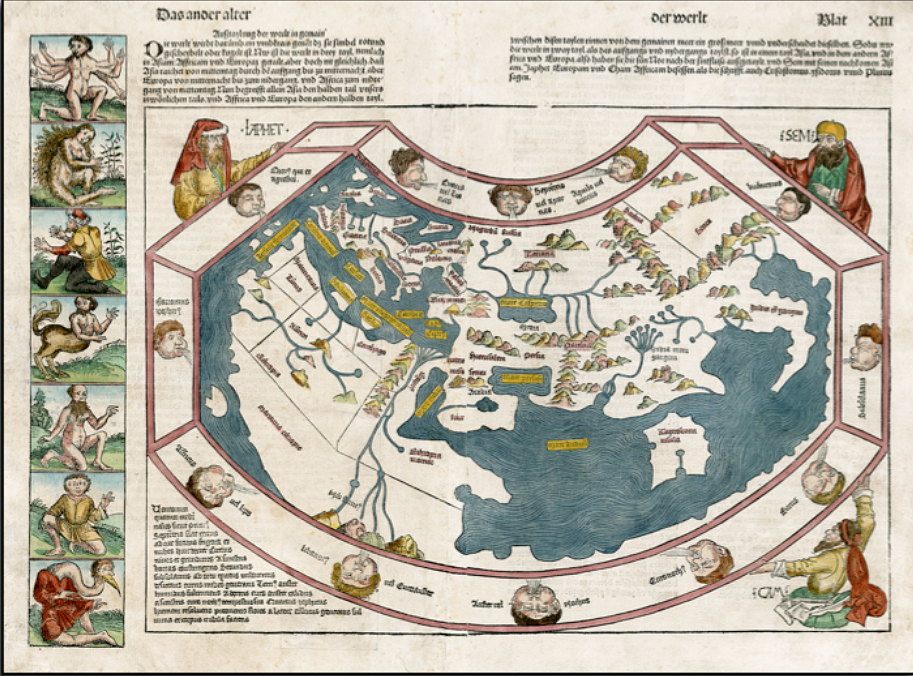Us & Them – America’s cultural divide explored – Review
Investigative commentator Trey Kay explores controversial issues in Us & Them.
A new series on iTunes, Us & Them podcasts delve into America’s cultural divide to find common ground that may help bridge the gaps perceived by Americans along both sides of even the most impassioned ideological argument.
Also available at National Public Radio
A Peabody Award winning radio journalist, Trey Kay has many years of experience interviewing people of all walks of life for various programs on NPR and New York Public Radio. For his own podcasts produced for West Virginia Public Radio, he has focused his keen ear upon the opinions and experiences of those whose core beliefs have been affected by encounters with other people different from themselves.
In some cases they began in a hostile stance against members of their own communities, because of contrary points of view regarding issues such as gay marriage and progressive trends in public school curriculums and textbooks. But these same individuals came to be more tolerant and even friendly with others they first encountered as dogmatic enemies, once they came to know them as people.
“…Trey Kay’s pleasant manner and affable speaking voice has a calming effect, but his concern for his topic comes through clearly, as does his enthusiastic curiosity about the lives and outlook of other people, so that his monologs and interviews never acquire that typical NPR sedated talking head tone. And never does he seem to ask a question and be moving on the next while his recorder takes in their response. He listens and reacts, remaining very much in the moment, which is engaging for his audience, and those he is questioning….”






